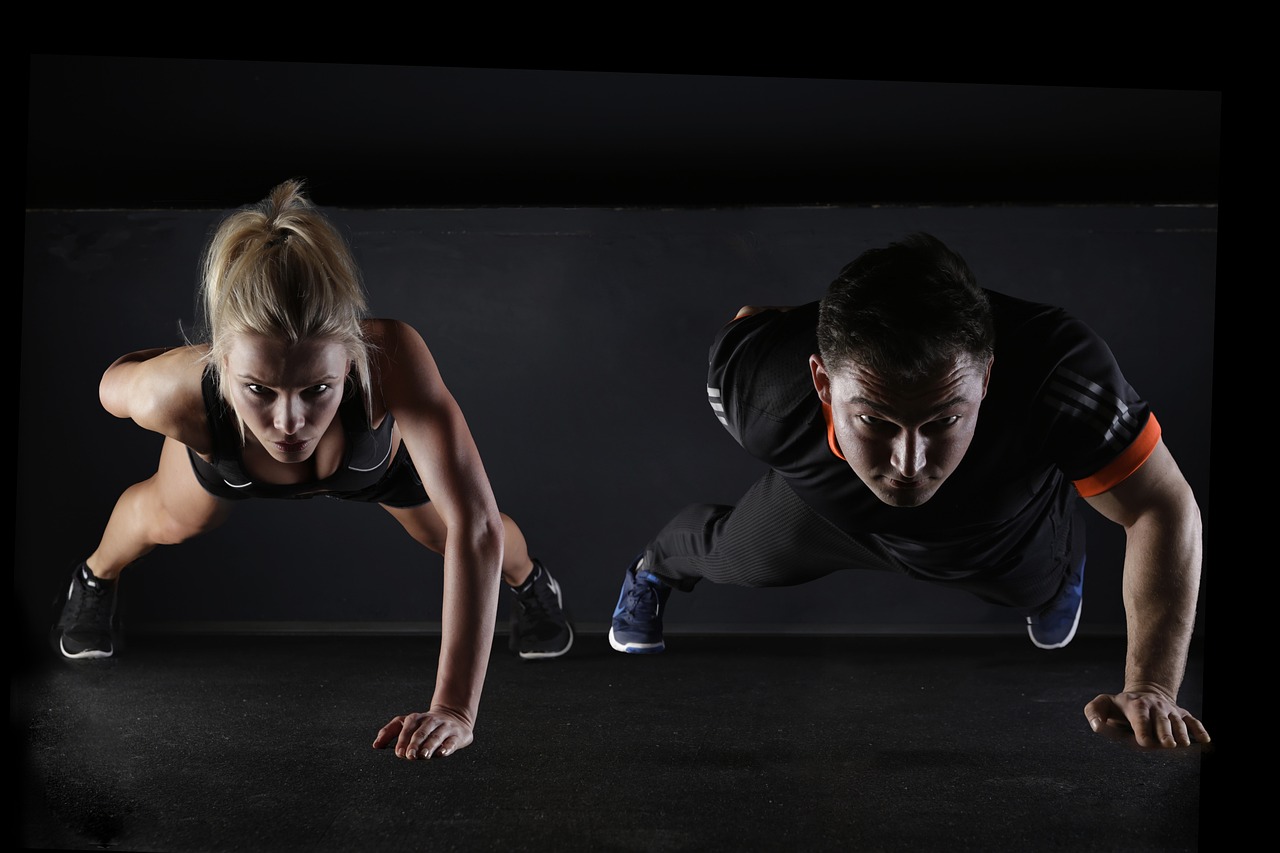Table of Contents
The way we approach fitness is evolving rapidly, thanks to digital advancements. The digital age has brought new opportunities for staying active and healthy, transforming how we work out and maintain our well-being.
1. The Rise of Online Workout Platforms
Online workout platforms have become increasingly popular, offering convenience and variety. With just a few clicks, people can access thousands of exercise videos tailored to different fitness levels. These platforms often feature expert trainers guiding participants through routines, from yoga to high-intensity interval training.
2. Virtual Reality Fitness: A New Frontier
Virtual Reality (VR) is transforming the fitness landscape by making workouts immersive and exciting. VR technology transports users into engaging environments where they can perform exercises that do not seem like traditional workouts. For example, they can box against virtual opponents, engage in fantasy sword fights, or dance in a virtual club. This gamification of exercise keeps motivation high and makes fitness fun. The result is that users often don&8217;t notice the time passing as they exercise, leading to longer and more effective workouts. VR fitness offers a novel way to engage those who might otherwise find conventional exercise routines monotonous.
3. Fitness Apps: Personalized Training at Your Fingertips
Fitness apps serve as personal trainers in our pockets. They provide tailored workout plans, track progress, and offer motivational tips to sustain long-term adherence to fitness goals. With features such as video demonstrations, timer functions, and even voice guidance, fitness apps cater to various training preferences and goals. Additionally, many apps can sync with wearable devices to monitor heart rate, steps, and calories burned, offering a comprehensive overview of one’s physical activities. Users can set daily, weekly, or monthly targets and adjust routines based on their growth, making it easy to see tangible results and stay committed.
4. Social Media: Building Virtual Fitness Communities
Social media has become an essential platform for connecting fitness enthusiasts worldwide. Platforms like Instagram, Facebook, and Twitter are filled with fitness influencers, who share their workout routines, diet tips, and motivational messages. People join virtual fitness challenges, follow workout trends, and support each other through comments and likes. These virtual communities provide a sense of camaraderie and accountability. Seeing others&8217; progress and sharing personal achievements can spark motivation and encouragement, making fitness a collective experience. Through these interactions, users learn new exercises, discover innovative training methods, and establish supportive networks that foster healthy living.
5. Wearable Technology: Tracking Progress with Precision
Wearable technology, such as fitness trackers and smartwatches, has revolutionized how we track our health. Devices monitor metrics like heart rate, sleep patterns, and activity levels, providing valuable insights into one&8217;s physical state. This data enables users to refine their fitness routines based on precise measurements, optimizing their efforts for better results. Features like reminders to move, daily step goals, and sleep quality assessments help maintain a balanced lifestyle. Wearables also integrate with other digital platforms and apps, offering a holistic look at one&8217;s progress. As technology advances, wearables are becoming even more accurate, accessible, and essential for fitness enthusiasts.
6. Live Streaming Workouts: Real-Time Engagement
Live streaming workouts have surged in popularity, especially in recent times. Trainers conduct classes in real-time, allowing participants to join from anywhere in the world. This format bridges the gap between physical gym experiences and at-home workouts, bringing a sense of community and real-time feedback. Instructors can interact with participants, correct their form, and provide personalized adjustments, enhancing the session&8217;s effectiveness. Live classes also foster a sense of discipline, as participants adhere to set schedules and participate alongside peers. This real-time interaction and immediate feedback encourage consistent participation, making live streaming a dynamic addition to the digital fitness realm.
